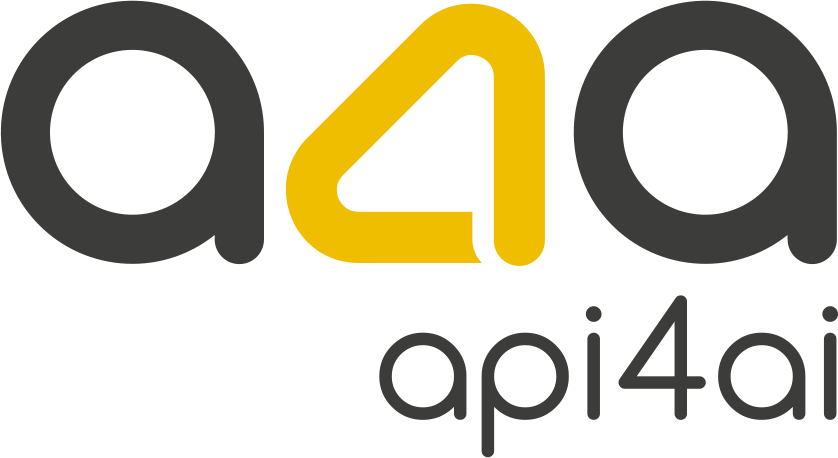
Pay-as-You-Go Vision: Slashing Prototype Timelines With SaaS APIs
Why spend months building a custom AI model when you can test your idea in days? This blog post explores how plug-and-play vision APIs — like OCR, background removal and image labeling — help teams ship working prototypes in a single sprint. Learn how to slash development timelines, gather real user feedback fast and decide when it’s time to scale up to a custom solution. Ship now, optimize later.

Off-the-Shelf vs Bespoke: The Total Cost of Ownership Showdown
Off-the-shelf AI APIs offer instant results and zero setup — perfect for fast-moving teams. But as usage scales, costs and limitations can creep in. This post breaks down the real total cost of ownership (TCO) for both plug-and-play APIs and custom-built computer vision solutions. From hidden dev-ops expenses to compliance hurdles and breakeven calculations, we provide a clear framework to help you decide when to rent, when to build and how to future-proof your AI strategy.

Talent vs Toolkit: Building an In-House Vision Team or Renting Expertise
Building a computer vision-powered product? You don’t need to choose between hiring expensive AI experts or doing it all in-house. In this guide, we explore the real tradeoffs between recruiting top CV talent, upskilling your existing developers and renting expertise through APIs and AutoML platforms. From salary benchmarks to hidden infrastructure costs, we break down the total cost of ownership (TCO) and help you map the best strategy based on your product’s stage and priorities.
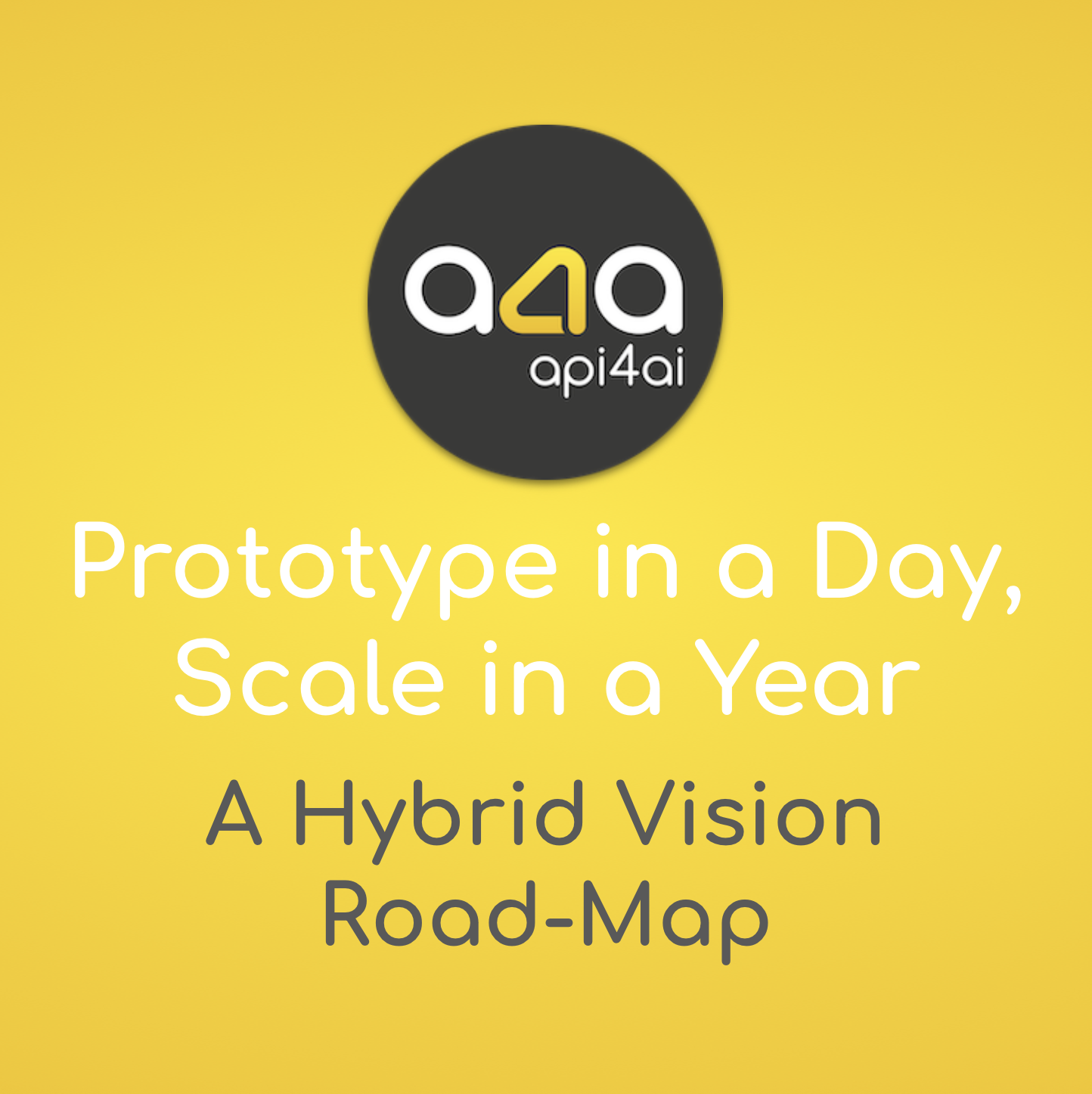
Prototype in a Day, Scale in a Year: A Hybrid Vision Road-Map
Computer vision is easier to start than ever — thanks to ready-made SaaS APIs that let teams build working prototypes in just hours. But what happens when those prototypes grow into high-traffic features, or when off-the-shelf models no longer meet performance, cost or accuracy demands? This blog post outlines a step-by-step, 12-month roadmap for scaling your vision AI stack — from your first API call to a fully containerized, GPU-powered infrastructure. Learn how to navigate the transition across three critical phases: the Day‑1 sandbox, the Month‑3 pilot, and the Month‑6 production rollout. Along the way, we break down key decision points, hybrid deployment strategies and tips for balancing fast results with long-term control. Whether you're experimenting with OCR, background removal or object detection, this guide helps you scale smart, reduce costs and prepare for growth.

Logo Wins & Sponsor ROI: Brand Recognition API in Esports Broadcasts
In the high-stakes world of esports sponsorships, visibility isn’t enough — proof of exposure is everything. This post explores how real-time logo detection, powered by AI, helps teams and organizers track every brand appearance across matches, turning screen time into measurable ROI. From automated highlight reels to CPM-calibrated dashboards, discover how smart vision tools are transforming logos into leverage at the negotiation table.

Drone Eyes on Site: Progress Monitoring That Pays for Itself
Drones are revolutionizing construction sites — not just with aerial views, but with real-time, AI-powered insights. This post dives into how computer vision turns raw drone footage into high-resolution maps, tracks deliveries automatically, detects weekly progress and even predicts delays before they hit the schedule. Learn how builders are using vision APIs and digital twins to monitor projects faster, safer and smarter — while driving down costs and boosting ROI.

Defect-Free in Industry 4.0: Vision APIs Catch Micro-Flaws
Micro-defects may be invisible to the human eye, but they can cripple quality, trigger recalls and silently drain profits. In this post, we explore how AI-powered Vision APIs are transforming industrial inspection — from semiconductors to textiles — by detecting flaws at sub-pixel accuracy. Learn how manufacturers can scale from pilot to plant-wide deployment, choosing between ready-to-use APIs and custom-tailored models and why smart visual inspection is the backbone of defect-free operations in Industry 4.0.

Background Removal API: The Secret to 5-Star Fashion Photos
In online fashion retail, product visuals directly impact sales performance — cluttered images lose conversions, while clean, consistent photos boost buyer confidence. Automated background removal APIs empower boutique owners to quickly transform everyday images into professionally polished visuals, enhancing catalog appeal and driving higher conversion rates. Discover how batch-processing workflows, combined with strategic visual branding and complementary AI tools like OCR and object detection, can significantly improve your store's efficiency and profitability.

Snap-to-Sell Cars: Lightning-Fast Listings with the Car Background Removal API
In the fast-moving world of online auto sales, visuals are everything. Buyers make snap judgments based on image quality, and listings with clean, professional photos consistently outperform those with cluttered or inconsistent backgrounds. This blog post explores how auto dealers can transform their sales process with the help of the Car Background Removal API — a powerful AI tool that instantly turns everyday car photos into studio-quality assets. By automating background cleanup, dealers can boost click-through rates, establish visual consistency, accelerate time-to-market, and ultimately reduce inventory turnover times. Whether you're managing a small lot or a national marketplace, this is your guide to selling faster with smarter images.
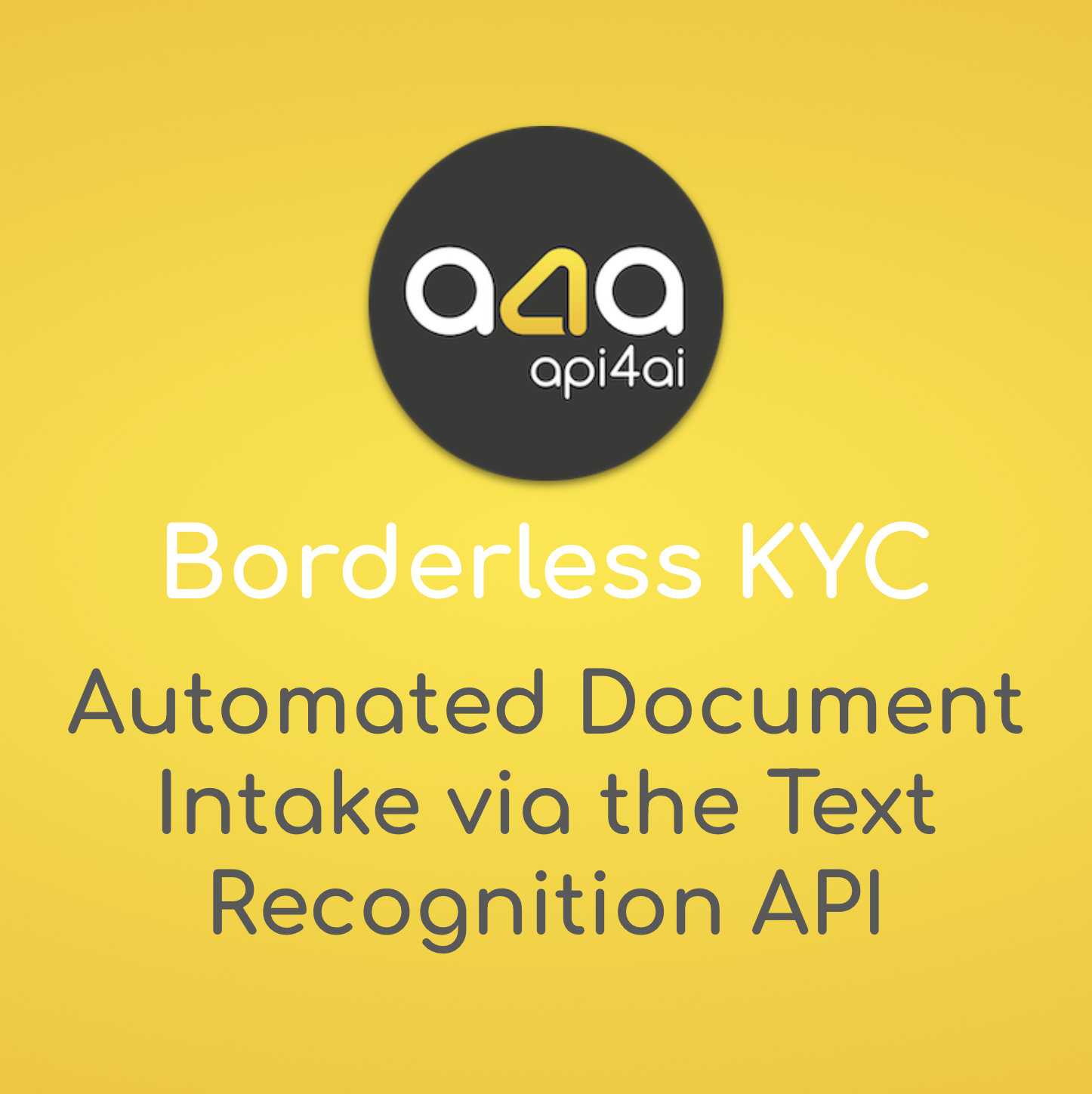
Borderless KYC: Automated Document Intake via the Text Recognition API
Manual KYC processes are slowing down fintech growth, causing user drop-offs and compliance risks. This blog explores how automated text recognition APIs extract names, dates and ID numbers from global documents in seconds — feeding clean data directly into AML engines without manual input. Learn how fintech platforms slash onboarding time, support multilingual IDs and scale globally with AI-powered OCR.
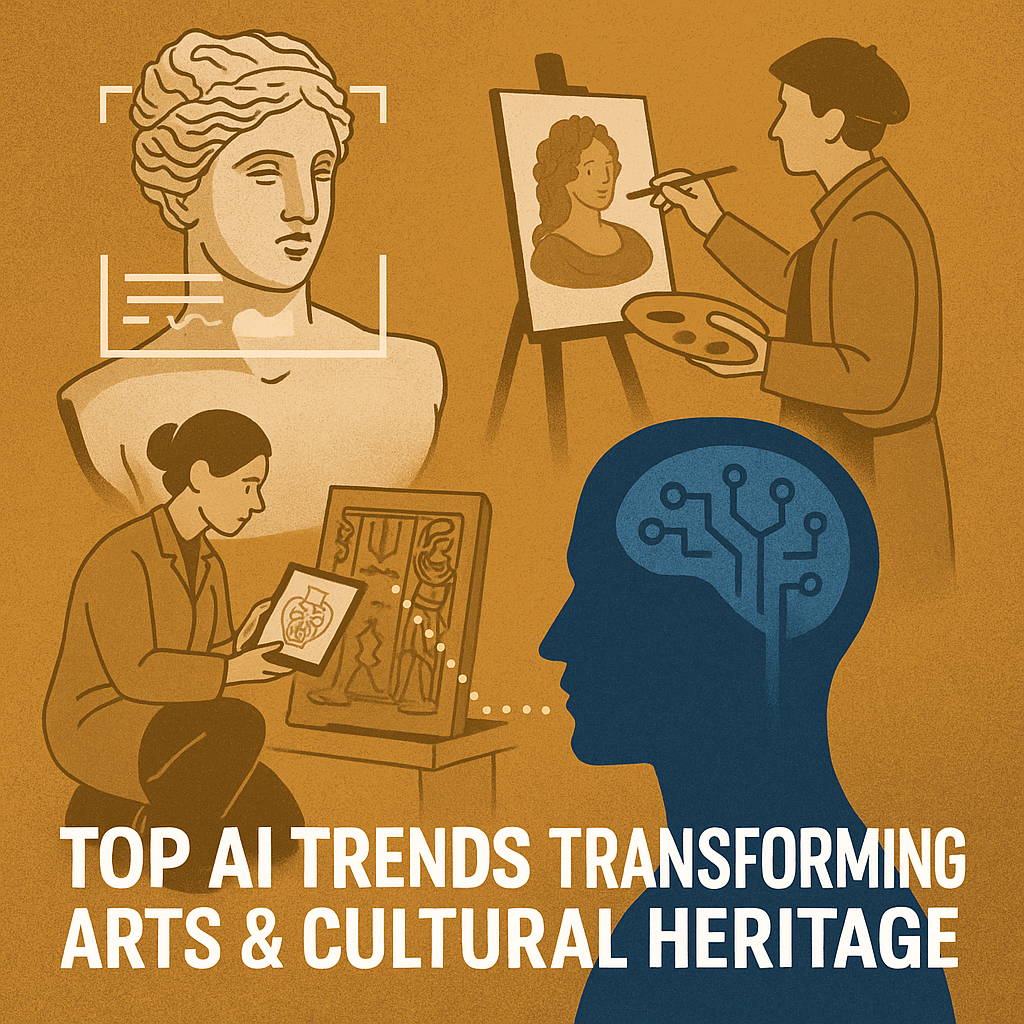
Top AI Trends Transforming Arts & Cultural Heritage
Artificial intelligence is rapidly becoming a game-changer in the world of arts and cultural heritage. No longer limited to experimental projects, AI technologies — particularly in the field of computer vision — are now being used to detect forged artworks, analyze historical damage, guide restoration efforts and automate the digitization of vast collections. But the impact doesn’t stop there. AI is also powering personalized museum experiences, creating immersive storytelling environments and enabling data-driven decision-making for curators and cultural institutions.
In this blog post, we explore six major AI trends that are reshaping the way cultural assets are authenticated, preserved, organized and shared with the world. From off-the-shelf APIs for quick integration to long-term custom solutions, AI offers scalable pathways for institutions seeking to modernize without losing their historical essence. Whether you're a museum director, digital archivist or cultural technologist, these trends provide a roadmap to making your collections smarter, more accessible and future-proof.
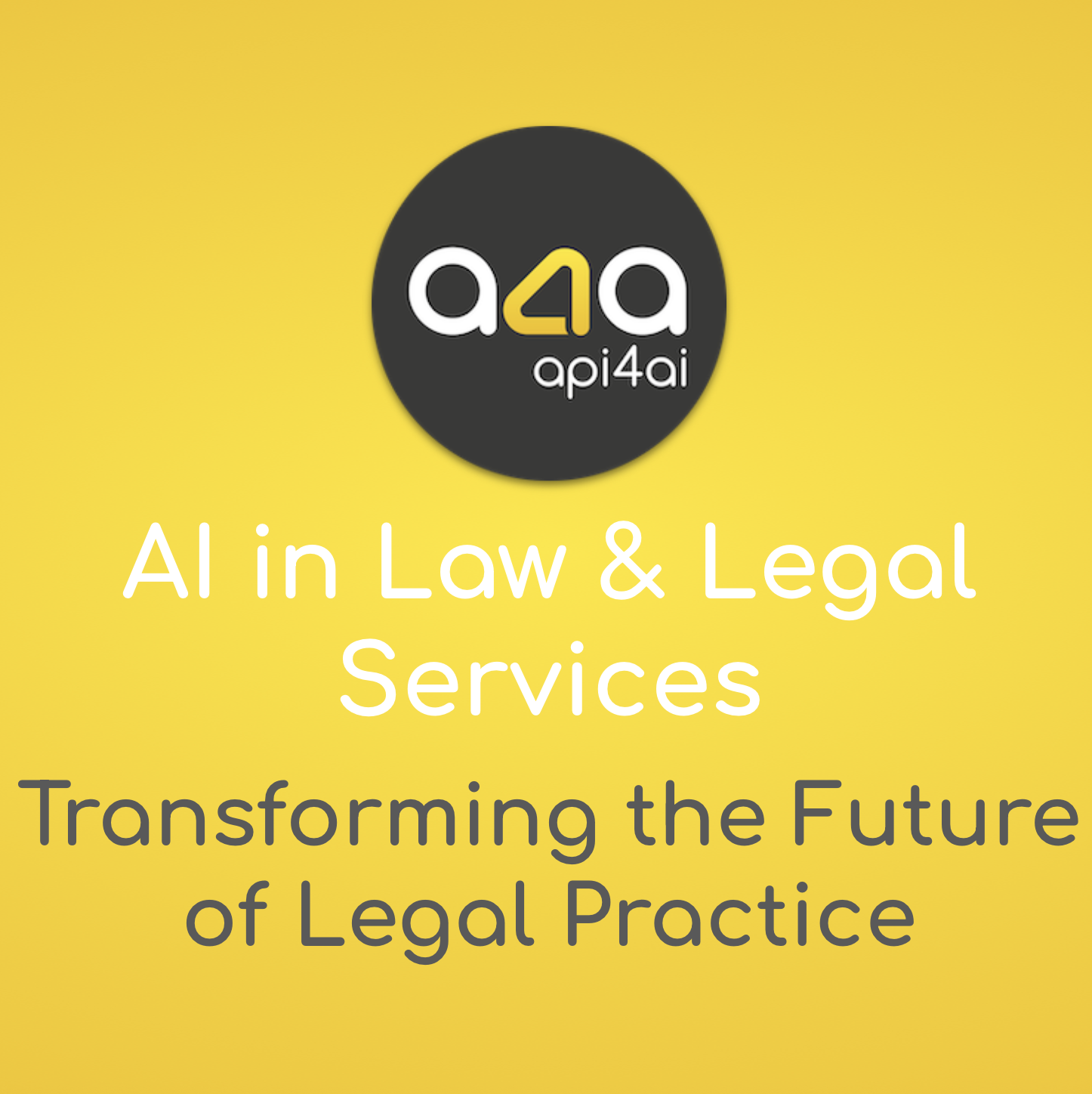
AI in Law and Legal Services
Artificial intelligence is rapidly reshaping the legal landscape, offering powerful tools to tackle growing volumes of visual and textual data. From analyzing surveillance footage for key evidence to digitizing and classifying thousands of legal documents with advanced OCR, computer vision is transforming how law firms, legal departments and courts operate. These AI-driven technologies enable faster case preparation, improved accuracy and significant cost savings — without compromising legal standards or data privacy. In this blog post, we explore how AI is revolutionizing evidence processing, document digitization and smart retrieval and how legal teams can leverage off-the-shelf APIs or custom-built solutions to stay ahead in an increasingly digital legal world.
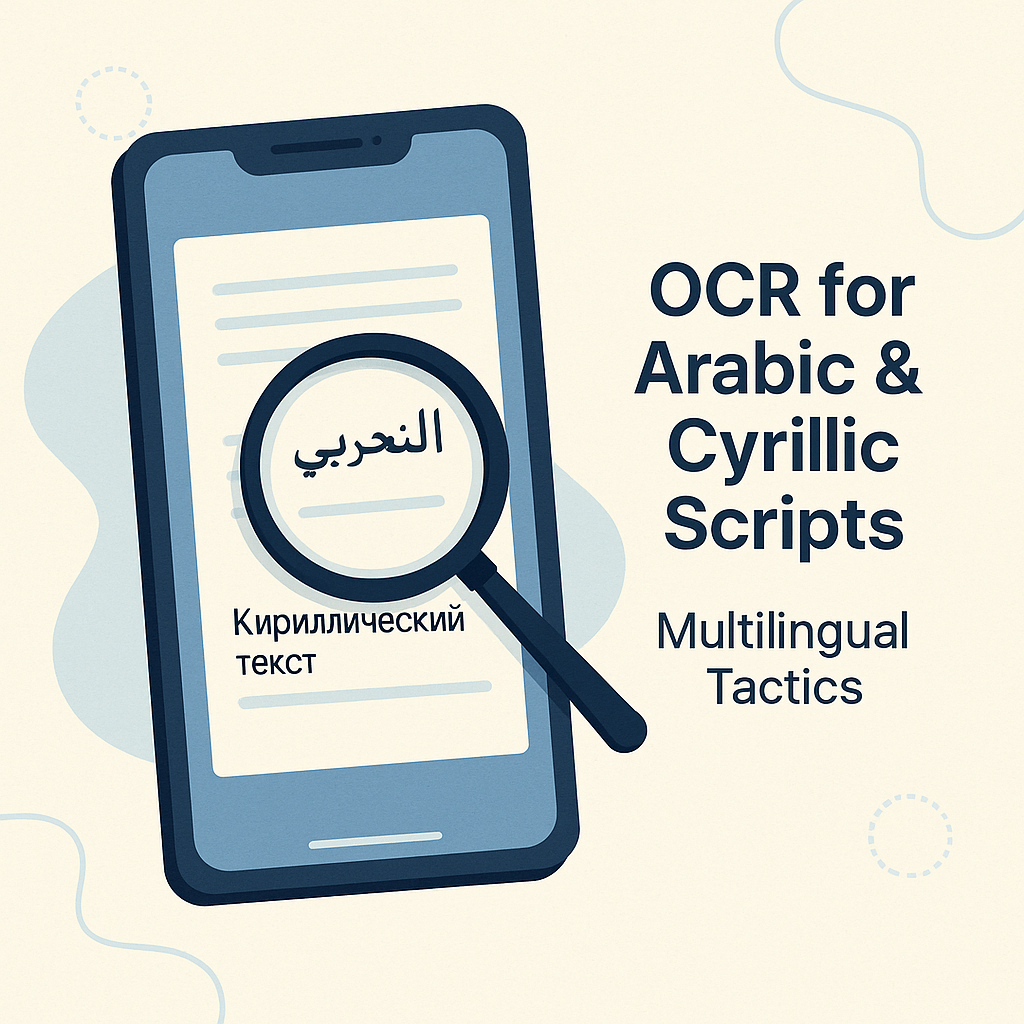
OCR for Arabic & Cyrillic Scripts: Multilingual Tactics
As digital growth accelerates across the Middle East, North Africa and Eastern Europe, the need for robust OCR solutions that support Arabic and Cyrillic scripts has never been greater. Traditional OCR engines often struggle with right-to-left text, ligatures and glyph ambiguities, leading to frustrating errors and missed opportunities. In this article, we explore the cutting-edge techniques that empower developers to build inclusive, high-accuracy OCR applications — from smart pre-processing and ligature detection to advanced language-model post-processing. Discover how to unlock seamless text recognition for emerging markets and tap into vast new user bases with modern OCR technology.

Sports Sponsorship Optimization with Automated Metrics
In the world of sports sponsorship, visibility is everything. With billions invested in LED displays and stadium banners, brands are pushing for real-time control over how and when their logos appear. Powered by cutting-edge computer vision and live data streams, stadiums are turning passive LED boards into dynamic marketing assets. Real-time optimization now allows sponsors to adjust rotations mid-match, ensuring their logos shine during the biggest moments — when audience attention is at its peak. Discover how this revolutionary approach is transforming sponsorships from static displays into fully interactive, data-driven experiences.

Impact of Manual Code Reviews on Software Development
Developer participation in code reviews is a cornerstone of software quality and team collaboration. According to industry surveys, around 76.4% of developers regularly engage in code reviews, with 68.8% valuing the process for its quality checks and knowledge sharing. However, nearly one-quarter still bypass this crucial step, potentially leaving vulnerabilities and code issues unchecked. In highly regulated sectors like finance and healthcare, participation nears 100%, driven by strict compliance and security demands. This post explores the state of code review practices across industries, the gaps in adoption and strategies to enhance developer involvement.
Visual Listening: Tracking Every Un‑Tagged Logo Mention
In today's visually driven world, more than 85% of brand appearances happen silently — without hashtags or mentions. Traditional social listening tools miss these critical visual moments, leaving brands with an incomplete view of their true market presence. Visual listening changes the game by detecting logos and branded products directly in images and videos, capturing silent brand mentions that text alone can't track. From influencer posts and event sponsorships to competitive analysis, learn how image-first monitoring surfaces hidden opportunities and amplifies your brand's Share of Voice.
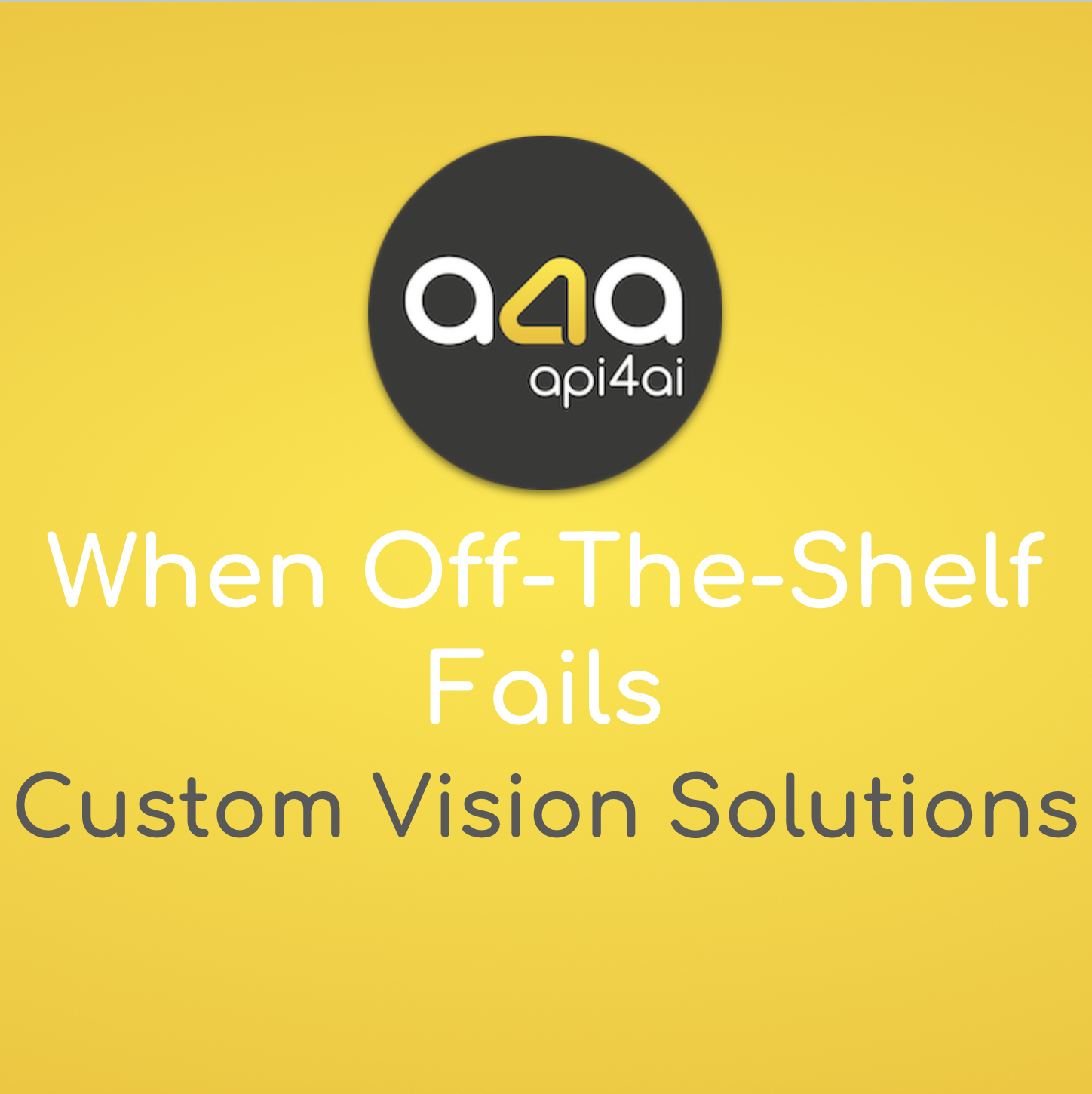
When Off‑The‑Shelf Fails: Custom Vision Solutions
Off-the-shelf vision APIs have made image recognition more accessible than ever, offering quick deployment and basic object detection capabilities. But when it comes to high-stakes industries like manufacturing, healthcare, agriculture and smart cities, the limitations of generic models quickly become apparent. Edge cases, domain-specific anomalies and real-time processing demands often expose gaps that standard solutions can't fill.
Custom vision models bridge this divide by delivering precision-tailored image recognition, built specifically for your business needs. Whether it's identifying microscopic defects on an assembly line, monitoring crop health from drone footage or ensuring brand protection in retail, bespoke models provide unmatched accuracy, reduced latency and full control over data privacy.
In this article, we explore the full journey — from identifying the weaknesses of off-the-shelf APIs to planning, building, and deploying a custom vision solution. Learn how the right development partner, combined with clear project scoping and smart MLOps practices, can transform your operations, reduce costs and give you a competitive edge in a data-driven world.
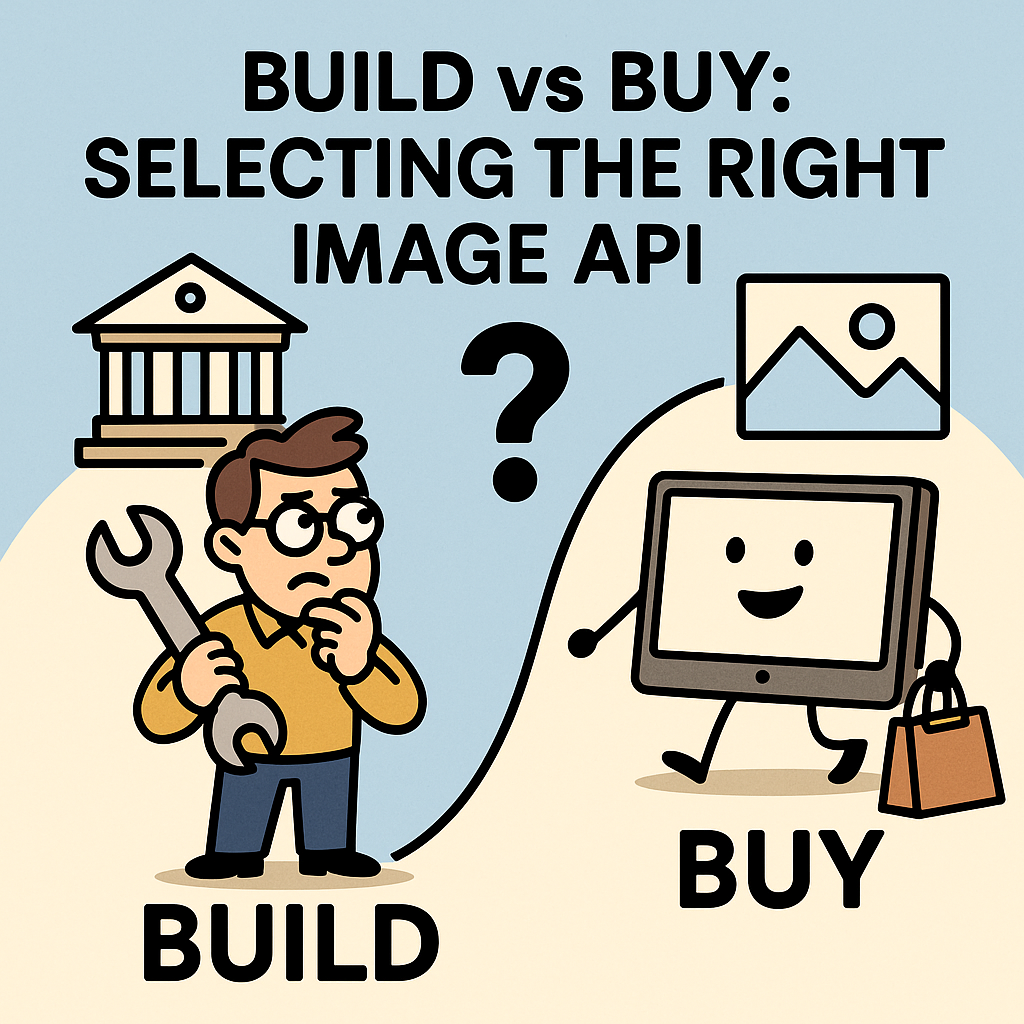
Build vs Buy: Selecting the Right Image API in 2025
In today’s AI-driven landscape, image recognition has become a core requirement across industries — from e-commerce and finance to security and social platforms. As 2025 pushes the boundaries of visual intelligence even further, one question continues to challenge technical leaders: should you build your own computer vision pipeline or buy an off-the-shelf API?
This blog post provides a deep, structured look into the Build vs Buy decision. We break down the total cost of ownership (TCO), model accuracy, speed to deployment, scalability, compliance and vendor risks — offering a clear decision matrix that CTOs and product leaders can use to choose the best approach for their unique context. Whether you’re launching a new feature, scaling your infrastructure or looking to future-proof your image processing capabilities, this guide offers strategic insights, real-world benchmarks and practical tools. Learn how modern teams are combining cloud APIs and custom vision models to balance speed, cost and control — and how you can do the same.
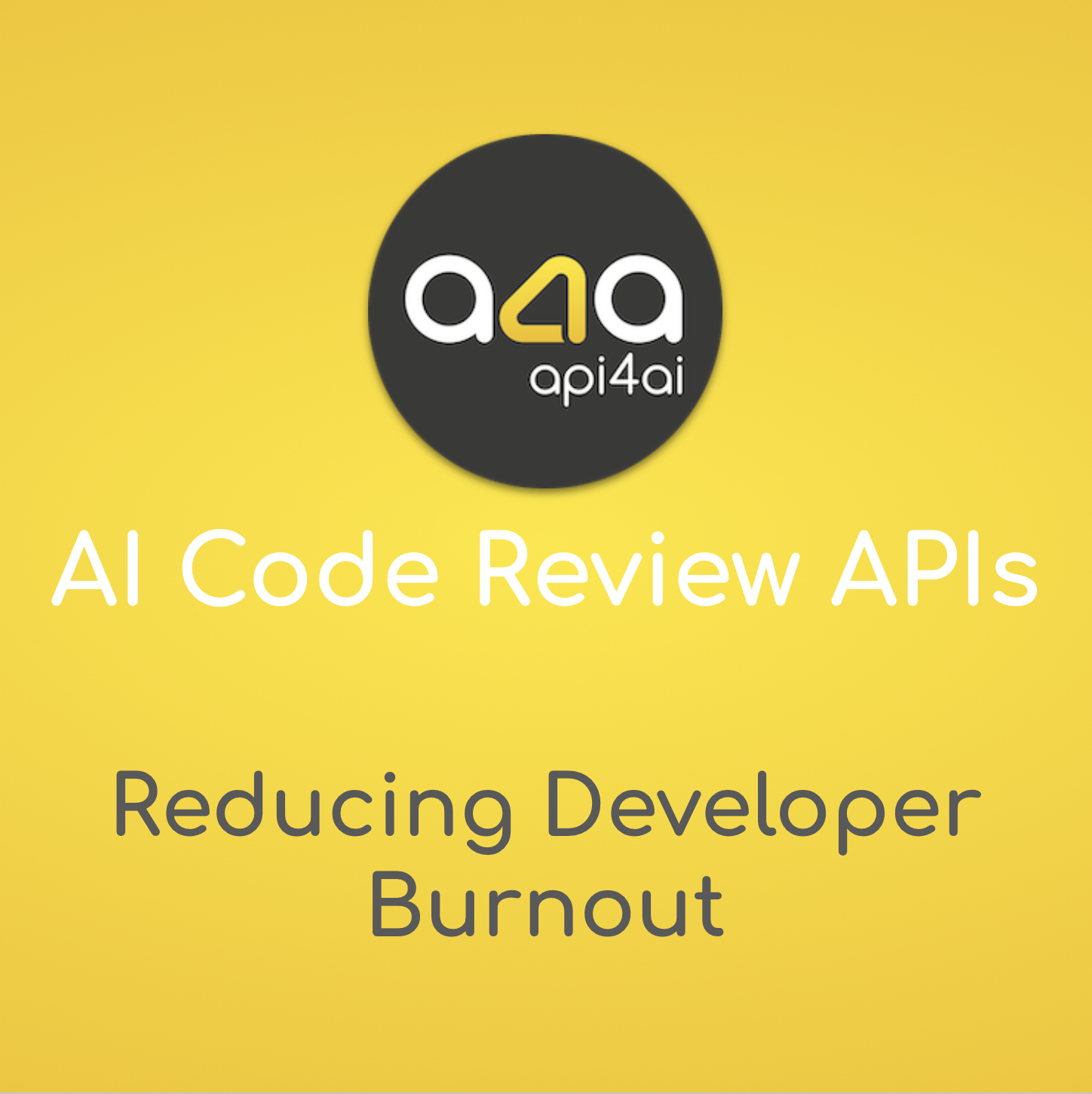
AI Code Review APIs: Reducing Developer Burnout
Code reviews are a cornerstone of modern software development, but when done manually, they often become a hidden source of stress and fatigue. Developers spend hours each week checking for minor issues, switching contexts between tasks and waiting on slow feedback loops — all of which contribute to rising burnout levels in tech teams. This blog post takes a deep dive into how AI-powered code review APIs are transforming the development workflow. By automating repetitive checks, delivering instant, consistent feedback and integrating seamlessly with platforms like GitLab, these tools not only speed up the review process but also create a healthier, more balanced working environment. Learn how AI tools like CRken help reduce cognitive overload, improve team morale and support better coding practices — making life easier for developers and more productive for organizations.

AI in DevOps: Enhancing Code Review Automation
AI is reshaping the way DevOps teams handle code reviews — turning a common bottleneck into a fast, automated and scalable process. This blog post explores how AI-powered tools, like LLM-based reviewers, are transforming merge request workflows, improving code quality and accelerating deployments without sacrificing team collaboration. Discover how to balance automation with human expertise and what future trends will shape the next generation of intelligent DevOps pipelines.
